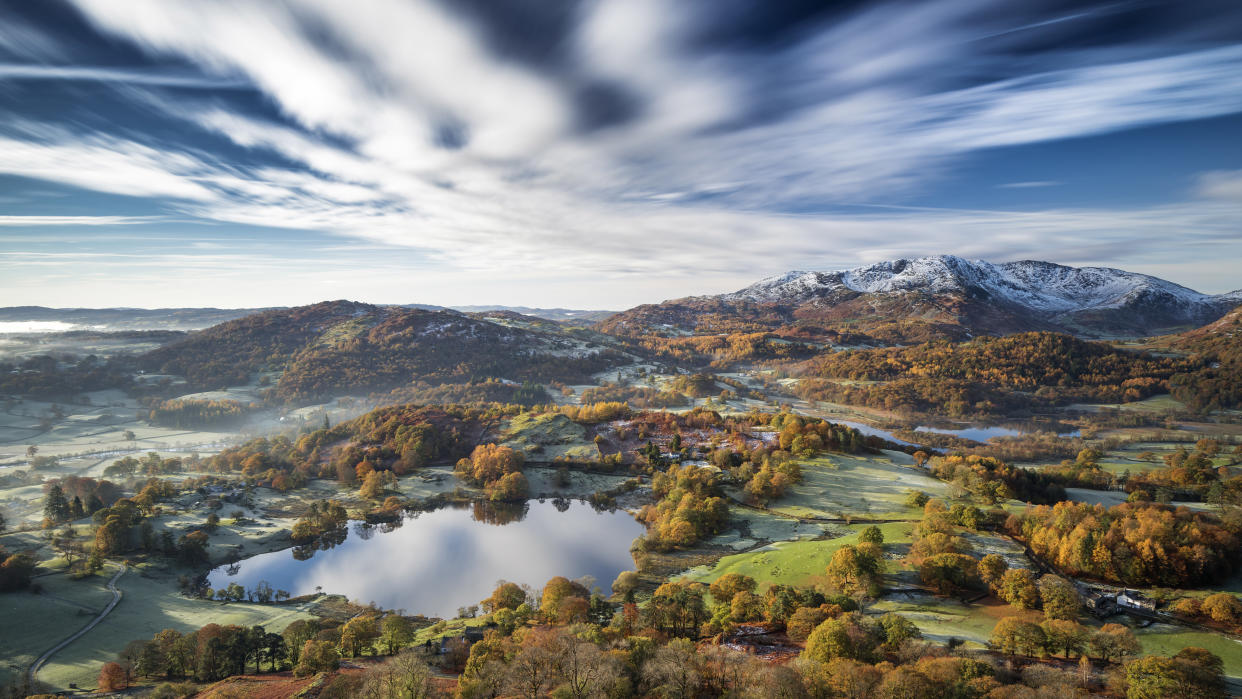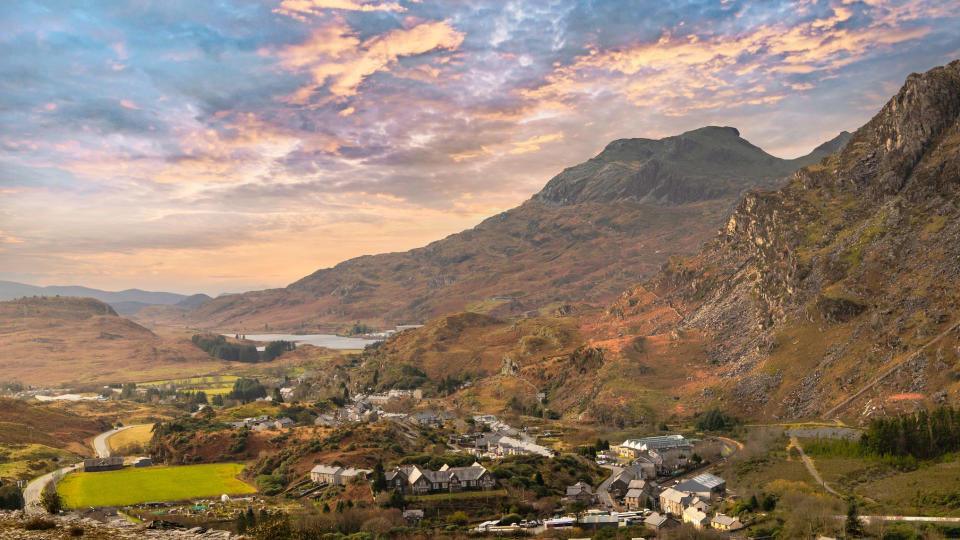Zip wire proposal rejected in Lake District for fear of attracting wrong 'type of audience'

Plans for an underground zip wire inside a former Lake District slate quarry have been rejected by the national park's development control committee.
Stone manufacturer Burlington Stone, which has operated the quarry for 200 years, intended to create a new visitor attraction that would have enabled the paying public to access the caverns. The idea was for visitors to use metal platforms and zip wires to explore the former mines.
However, the International Council on Monuments and Sites (Icomos) criticised the plans, saying that the attraction would be 'of a type that would transform the quarry or part of it into a theme park and would trivialise the experience of an important aspect of the Lake District’s heritage'. They went on to say it would attract "a type of audience that will contribute to the disruption of [the Lake District's] tranquil and contemplative character."
Icomos is an advisory body to UNESCO, which granted the Lake District World Heritage Site status in 2017. The region was awarded the accolade due to its cultural significance and idyllic landscapes, which have evolved both naturally and through agro-pastoral land use and have been greatly appreciated in works of art and words since the Picturesque and Romantic movements of the late 18th century.
Committee votes against plans

On Wednesday, the Lake District national park development control committee voted to reject the proposal, citing concerns over increased traffic in the area. They decided that the advantages of such an attraction did not outweigh the disadvantages.
The Lake District is already Britain's most visited national park. It's thought that just under 16 million people visit its mountains, valleys, lake, towns and villages every year, which adds to the economic prosperity of the region but puts a huge strain on its infrastructure.
There were also fears that the creation the proposed attraction would risk the region losing its UNESCO status. "Liverpool lost its world heritage site status,' argues Cllr Stephen Donson, of the Lakes Parish Council, "and it could happen here."
CEO of Burlington Stone's parent company Holker Group, Allen Gibb, argued "we really need to keep enhancing the appeal of the Lake District to combat the decline in numbers since Covid. We also need to attract younger people to the area. This type of fascinating experience would appeal to them.”
Cumbria taking a different course to North Wales

The rejected idea is similar to the successful Caverns attraction in the former slate mining town of Blaenau Ffestiniog in North Wales, which sees visitors taking on a three-hour course of subterranean zip lines, tightropes and rope swings. North Wales is also home to the world's fastest zip line, Velocity, which set above ground at Penrhyn, a former slate quarry by the town of Bethesda.
However, whereas the proposal for the Lake District attraction was right in the heart of the national park, in a region synonymous with the image of Romantic Lakeland brought about by the likes of William Wordsworth and Samuel Taylor Coleridge, the attractions in North Wales are conspicuously just outside Eryri National Park.
When Eryri (then known as Snowdonia) was founded as a national park in 1951, industrial landscapes that had suffered substantial scarring from the slate industry were left outside its boundaries. Dinorwic quarry above Llanberis, Penrhyn above Bethesda and the former works in the Corris region are familiar sights to those who frequent the national park, but yet are not a part of its makeup. Meanwhile, despite being located right at the centre of the region, the Blaenau Ffestiniog area was also left out, leaving a virtual hole in the heart of Eryri.
There have been calls by some to include these historic mining regions within the bounds of the national park on account of their cultural heritage and importance in North Wales' story. However, it seems likely that planning permission for the attractions at Blaenau Ffestiniog was helped by the fact it was not within the national park.
Best hiking shoes: lightweight footwear tested and rated

